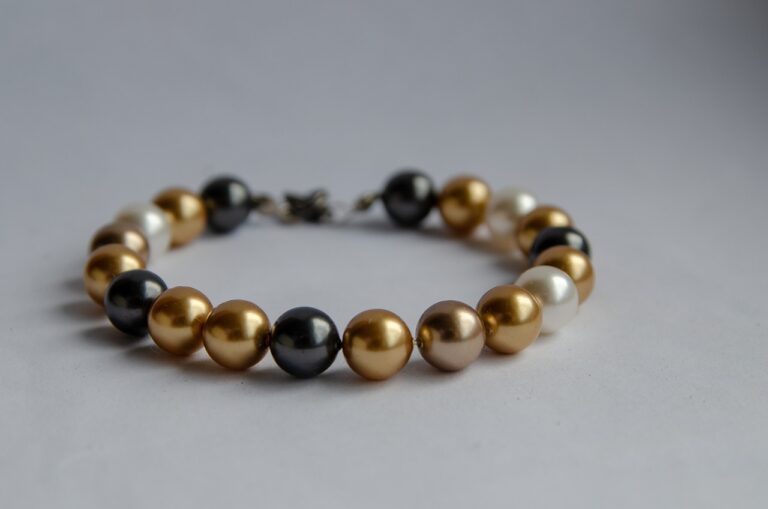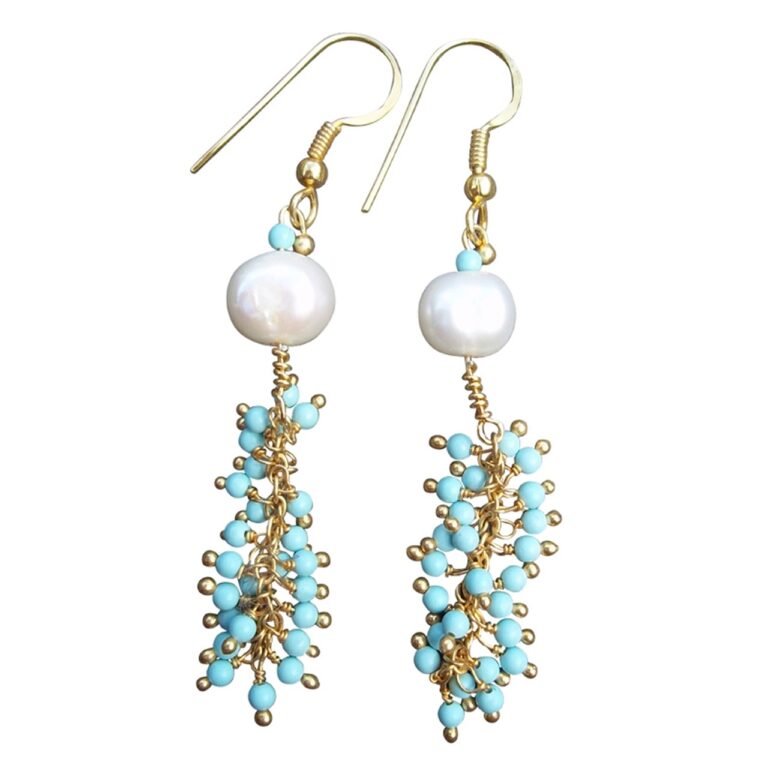The Evolution of Lingerie: From Victorian Corsets to Modern Bralettes
Throughout history, the evolution of lingerie has been a fascinating reflection of societal norms and cultural shifts. From ancient times when simple cloth wrappings were used for modesty to the intricate corsets of the Victorian era, lingerie has played a pivotal role in women’s fashion and self-expression.
As women’s liberation movements gained momentum in the early 20th century, the strict and constraining undergarments of the past began to give way to more practical and comfortable pieces. This shift marked the birth of the modern brassiere, a revolutionary garment that prioritized both style and functionality. The evolving trends in lingerie continue to adapt to the changing attitudes and values of women in society.
• The evolution of lingerie reflects societal norms and cultural shifts
• From ancient cloth wrappings to Victorian corsets, lingerie has played a pivotal role in women’s fashion
• Women’s liberation movements led to the development of more practical and comfortable undergarments
• The modern brassiere revolutionized lingerie by prioritizing style and functionality
• Lingerie trends continue to adapt to changing attitudes and values of women in society
Victorian Era Undergarments
During the Victorian Era, undergarments played a crucial role in women’s fashion and societal norms. Corsets were a staple piece worn by women to achieve the desired hourglass figure, as it accentuated the waist and provided support for the bust. These corsets were often made of whalebone or steel and were tightened by laces at the back to mold the body into the desired shape.
In addition to corsets, women also wore pantalettes, which were long undergarments that reached the ankles and provided coverage for modesty. These pantalettes were usually made of cotton or linen and were worn under the heavy layers of fabric that characterized Victorian clothing. The emphasis on modesty and proper attire during this era meant that undergarments were just as important as the outer garments in defining a woman’s silhouette and status.
Rise of the Brassiere
One of the most iconic developments in lingerie history is the rise of the brassiere during the early 20th century. Prior to this revolutionary undergarment, women typically wore corsets, which were restrictive and often uncomfortable. The brassiere, also known as a bra, offered a more modern and practical alternative that allowed for greater freedom of movement.
The invention and popularization of the brassiere coincided with the changing roles of women in society. As women began to participate more actively in sports, work, and other activities, the need for a more functional and supportive undergarment became increasingly apparent. The brassiere not only provided a more comfortable option for everyday wear but also helped shape the silhouette of women’s fashion during this era.
What is the evolution of lingerie?
Lingerie has evolved over the years, from the restrictive undergarments of the Victorian era to the more comfortable and supportive brassieres of today.
What were undergarments like in the Victorian era?
In the Victorian era, women wore corsets and crinolines to achieve the fashionable hourglass figure, which often led to health issues due to the tight lacing and restriction of movement.
When did the brassiere become popular?
The brassiere, as we know it today, gained popularity in the early 20th century as women sought a more comfortable and less restrictive alternative to the corset.
How has the brassiere changed over time?
The brassiere has evolved to offer a variety of styles, designs, and levels of support to cater to the diverse needs and preferences of women today.







